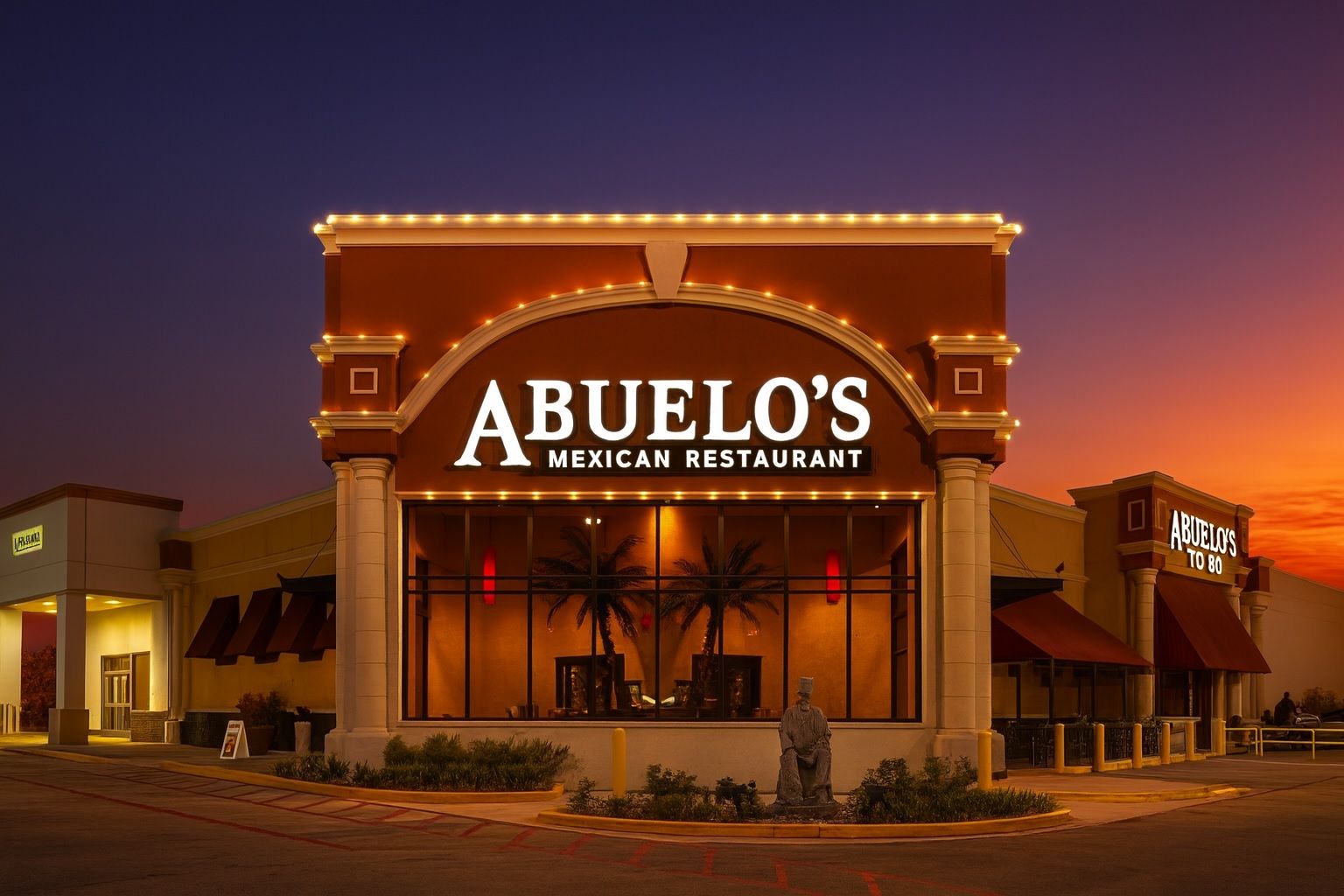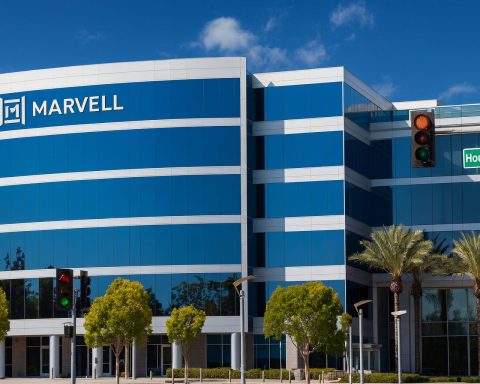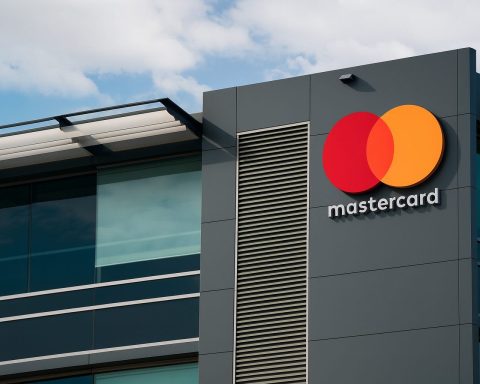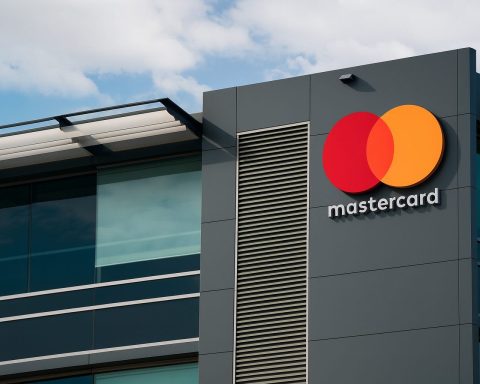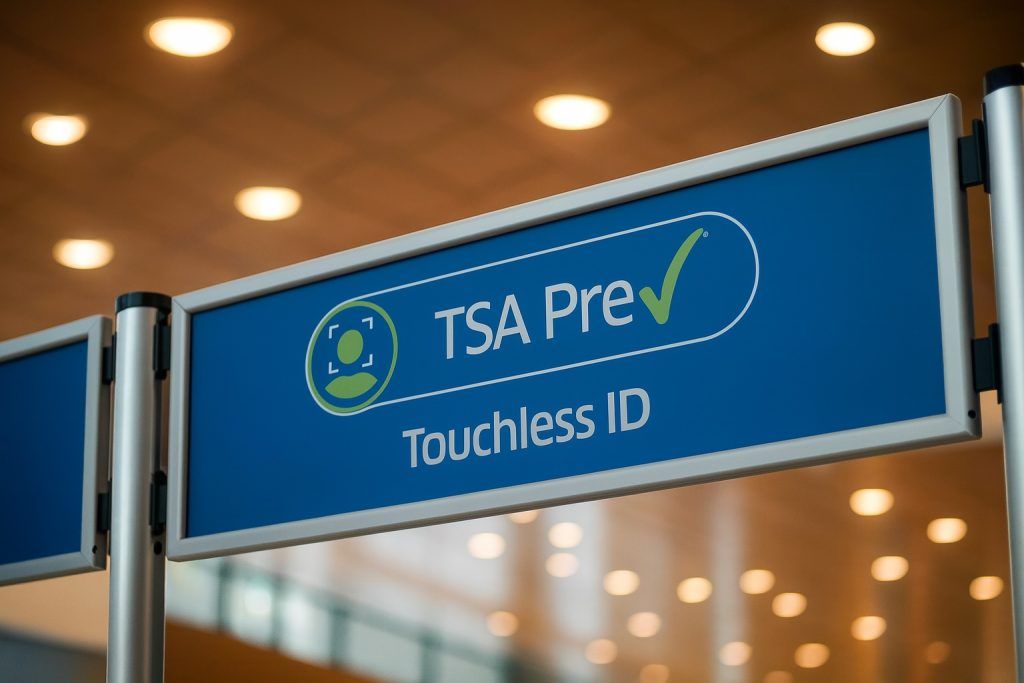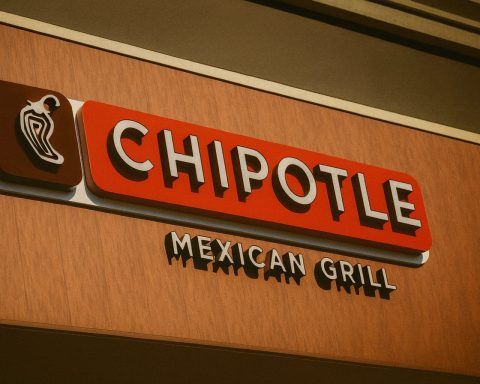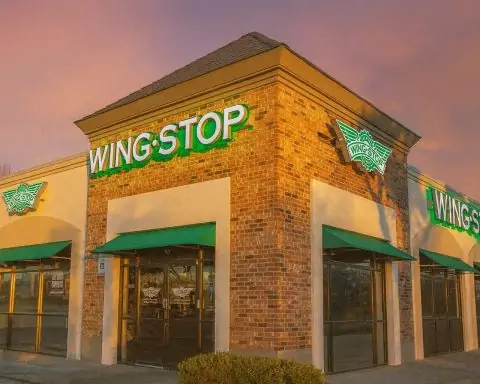- Wave of Bankruptcies – Multiple U.S. Mexican restaurant chains have filed Chapter 11 or shut restaurants in recent months. For example, Abuelo’s Mexican Food Embassy (founded 1989) – once ~40 locations – recently filed for Chapter 11 and immediately closed 24 of its remaining restaurants [1] [2]. In early October 2025, the El Burro Loco chain (Florida-based, known for tacos and fajitas) also filed Chapter 11 bankruptcy [3]. Other cases include On The Border (filed Chapter 11 in March 2025 and was acquired by Pappas Restaurants [4]), Rubio’s Coastal Grill (48 closures and restructuring in 2024 [5]), and Tijuana Flats (bankruptcy in April 2024) [6].
- Primary Causes – Industry reports and filings cite declining sales, rising costs and changing habits as common drivers. Abuelo’s itself pointed to “declining sales, labor pressures and shifting dining habits” as key factors in its collapse [7]. Food-price and wage inflation have eroded margins: one analysis noted Abuelo’s saw “steep declines in sales, rising food and labor costs, staffing shortages, and shifting consumer preferences” [8]. In fact, Technomic data showed Abuelo’s sales fell roughly 15.4% from 2023 to 2024 [9]. A Livemint report argues the Mexican segment is over-saturated – a plateau in consumer spending plus too many similar brands has left chains struggling [10]. In short, mid-tier Tex-Mex chains are caught in a “perfect storm” of inflation, labor issues and tough competition (including fast-casual rivals).
- Industry Trends & Consumer Behavior – Restaurant-industry experts confirm these headwinds. A Nation’s Restaurant News analyst cautioned that in today’s market “loyalty alone is no longer enough to keep legacy brands alive… in a market driven by convenience and value” [11]. Indeed, Reuters noted even large players are feeling the pinch: in July 2025 Chipotle’s stock “slumped 13%” when weak dine-out demand caused sales to miss forecasts [12]. Analysts attributed Chipotle’s weakness to macroeconomic “headwinds” (rising prices and cautious consumers) rather than executional errors [13]. Meanwhile, USDA data show restaurant menu prices were about 3.9% higher in August 2025 than a year earlier [14] – meaning dining costs are up nearly 4% year-over-year. Combined with reports that nearly half of restaurants cite labor turnover as a top concern [15], the outlook is challenging for full-service chains.
- Stock Market Signals – Public markets reflect this mix of caution and selective optimism. For context, Sysco (ticker SYY), the giant food distributor to restaurants, has rallied – its stock hit ~$83 (52-week high) after better-than-expected results [16]. Sysco’s CEO credited “improved restaurant traffic” for beating Q4 targets [17]. (Sysco commands ~17% of the $370 billion U.S. foodservice market [18], so its performance signals overall demand remains solid.) Analysts have a generally positive view of Sysco: SYY trades near 17.5× forward earnings (vs ~13.6× peers) and carries a consensus price target around $85–86 [19]. Among pure “Mexican” concepts, Chipotle (ticker CMG) stands out – its stock is near $40 (mid-Oct 2025) but Wall Street’s median target is ~$56 [20]. In fact, 36 of 44 analyst ratings on Chipotle are Buy/Hold with a median price target implying ~40% upside [21]. This optimism rests on Chipotle’s strong brand, which now drives over 25% of fast-casual visits, even as full-service brands falter [22] [23]. (By contrast, casual chains like Denny’s or Red Lobster have also restructured or closed sites in recent years [24].)
- Expert Opinions & Forecasts – Industry analysts emphasize adaptation. Abuelo’s itself stated that the Chapter 11 filing is a “strategic restructuring” to strengthen its finances while keeping open all remaining locations [25] [26]. Observers note mid-size chains need to invest in marketing, new menu items or loyalty programs to win back customers [27]. More broadly, the National Restaurant Association still forecasts modest industry growth – projecting $1.5 trillion in U.S. foodservice sales for 2025 [28] – but warns operators must innovate on value and experience to drive traffic (47% of consumers rank experience over price [29]). Given current price pressures, USDA economists predict food-away-from-home inflation will ease slightly to ~3.3% in 2026 [30], which could relieve some stress on menus. Analysts expect many operators to offer more discounts, rely on delivery/pickup, and focus on cost control in the near term. For example, RBC noted Chipotle still has strong pricing power but needs to “invest more in marketing, menu innovation and reward programs” to spur traffic [31].
In summary, a squeeze on mid-tier Mexican chains is underway: beloved sit-down restaurants are shuttering locations or reorganizing under bankruptcy, even as fast-casual Mexican concepts (like Chipotle) remain popular. Oversupply of similar full-service concepts, plus inflation and labor costs, have forced chains like Abuelo’s to downsize dramatically [32] [33]. Experts say the fallout is a wake-up call – legacy diners must adapt or consolidate. On the bright side, overall demand for dining out is not collapsing (Sysco reports only a ~1% dip in traffic industry-wide [34]), and consumer surveys show that most people still enjoy eating at restaurants [35]. If economic headwinds (inflation, interest rates) ease by 2026 and companies innovate on value and experience, analysts forecast a gradual stabilization. For now, companies like Sysco and Chipotle trade near multi-year highs on bets of steady demand [36] [37], but the fate of smaller chains will hinge on their ability to cut costs and attract budget-conscious diners.
Sources: Trade and financial press reports [38] [39] [40] [41] [42]; industry surveys and analysis [43] [44] [45] [46]; company filings and executive statements.
References
1. www.ibtimes.co.uk, 2. calcoasttimes.com, 3. www.livemint.com, 4. www.nrn.com, 5. www.livemint.com, 6. www.livemint.com, 7. www.ibtimes.co.uk, 8. calcoasttimes.com, 9. www.nrn.com, 10. www.livemint.com, 11. www.ibtimes.co.uk, 12. www.reuters.com, 13. www.reuters.com, 14. ers.usda.gov, 15. www.rivieraproduce.com, 16. ts2.tech, 17. ts2.tech, 18. ts2.tech, 19. ts2.tech, 20. tickernerd.com, 21. tickernerd.com, 22. www.reuters.com, 23. tickernerd.com, 24. calcoasttimes.com, 25. www.nrn.com, 26. www.ibtimes.co.uk, 27. www.reuters.com, 28. restaurant.org, 29. restaurant.org, 30. ers.usda.gov, 31. www.reuters.com, 32. www.ibtimes.co.uk, 33. calcoasttimes.com, 34. ts2.tech, 35. restaurant.org, 36. ts2.tech, 37. tickernerd.com, 38. www.ibtimes.co.uk, 39. www.nrn.com, 40. www.reuters.com, 41. ts2.tech, 42. tickernerd.com, 43. www.livemint.com, 44. calcoasttimes.com, 45. ts2.tech, 46. ers.usda.gov
